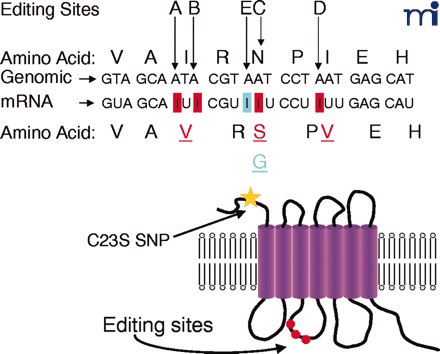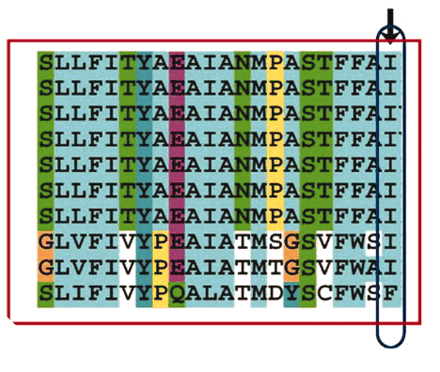Sites of interest on the World Wide Web—edited by Rick Neubig and David Roman
Depositories of Information for Pharmacologists
Access to scientific information has been subject to a great, and ongoing, metamorphosis in recent years. The advent of online journals provides quick and ready access to primary literature, at a researcher’s leisure with a few keystrokes. The time from manuscript submission to publication has also been tremendously reduced, resulting in a more rapid dissemination of information. Nevertheless, with these advances in providing information, it has become nearly a full-time job to keep up with everything that is available and to sift through the literature that is globally available for information that is most pertinent for a particular question or topic. Fortunately, many instances of online databases exist that are the result of compilation of facts and references about a wide variety of topics. These databases are arranged to provide quick, easily digestible, critical information about proteins, signaling pathways, and protein–protein interaction partners.
The International Union of Pharmacology (IUPHAR) provides a Web site that is full of information vital to pharmacologists. The main page provides information and links to regional and international meetings, as well as current news and announcements; however, the most impressive feature of this site is the database of receptor information. The official database of the IUPHAR Committee on Receptor Nomenclature and Drug Classification (www.iuphar-db.org/iuphar-rd/) provides a wealth of information about proteins of pharmacological interest. A new format for the receptor listings (see ET-B receptor) includes much-needed information, such as actual EC50, Kd, or pKd values for agonists and antagonists. You can also click on reference citation links to show literature references. While the database itself is provides information, be sure to check out the IUPHAR Official Receptor Code, which is provided as a PDF document. This fifteen-page codebook provides information necessary to understand the receptors in the database to the fullest and serves as a standalone reference for reading through the literature. The guide describes the logical naming and classification of receptors by structural class, receptor family, number, type, and splice variant. The receptor pages within the database contain information and references about ligand activities, accession numbers, chromosomal locations, and many other types of descriptive data. As an added feature, be sure to check out the Compendium of Voltage-Gated Ion Channels, another cache of valuable information organized in an easy-to-read format.
The Alliance for Cellular Signaling (AFCS) is partnered with Nature to provide The Signaling Gateway (www.signaling-gateway.org). This Web site provides peer-reviewed Molecule Pages about a vast array of signaling molecules, including receptors, G proteins, kinases, phosphatases, and many others. The page for a particular molecule contains information about accession number, expression patterns, sequence information, references, and structural information if it is available. While the molecule pages are packed with vital information, the site in general is a great place to visit. Current news and events are highlighted, as well as links to information for job seekers or providers. The Alliance for Cellular Signaling has dedicated itself to providing information on signaling events, and the quality as well as the depth of the information that is provided through this site should prove to be widely valuable.
Another Web site that has been mentioned here before, but deserves to be included in this article about databases, is the GPCR Database (GPCRDB) located at www.gpcr.org/7tm/. The posted information focuses on GPCR experimental data, including GPCR alignments, phylogenetic trees, GPCR mutant data in snake-like plot format, GPCR PDB files, chromosomal location, and important ligand-binding constant data. A neat feature of this site is also the inclusion of 3D models of GPCRs.
Genomics from Mouse to Human
The new Trans-NIH Mouse Initiative (http://www.nih.gov/science/models/mouse/) is collecting information on existing knockout mouse models with the goal of ultimately knocking out every known gene. The Mouse Genome Informatics (MGI) Web site hosted at Jackson Labs (http://www.informatics.jax.org/) collects the information related to mouse gene knockouts and provides both search tools to find out about mouse genes and data entry tools to record your own mouse knockout information (published or not yet published). A large number of other search tools are available for genes, alleles, phenotypes, and polymorphisms. On the human side, the UCSC Genome Browser is a very useful tool (http://genome.ucsc.edu/). You can search for a particular location (e.g. chr3:50,128,065-50,150,758 or 20p13) or for a particular gene (GNAI2). Once there, you can find the intron/exon structure, refseq links to expressed mRNAs, polymorphisms present in those genomic sequences, and a wide array of other information.
- © American Society for Pharmacology and Experimental Theraputics 2005





